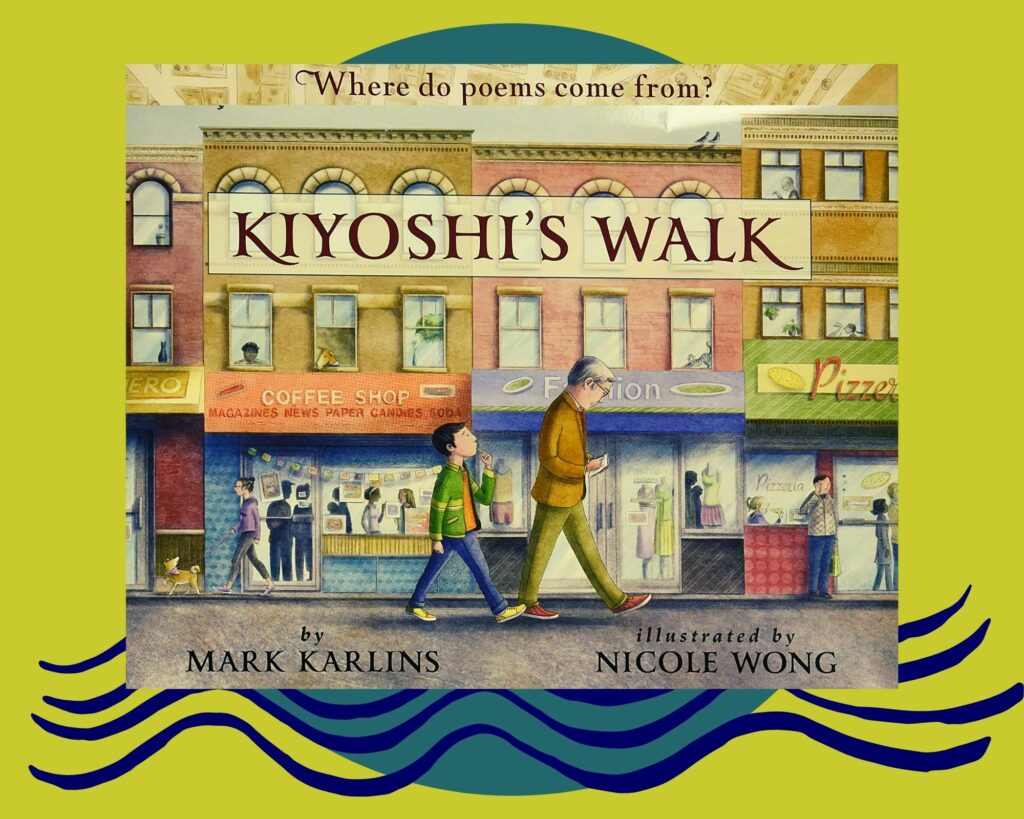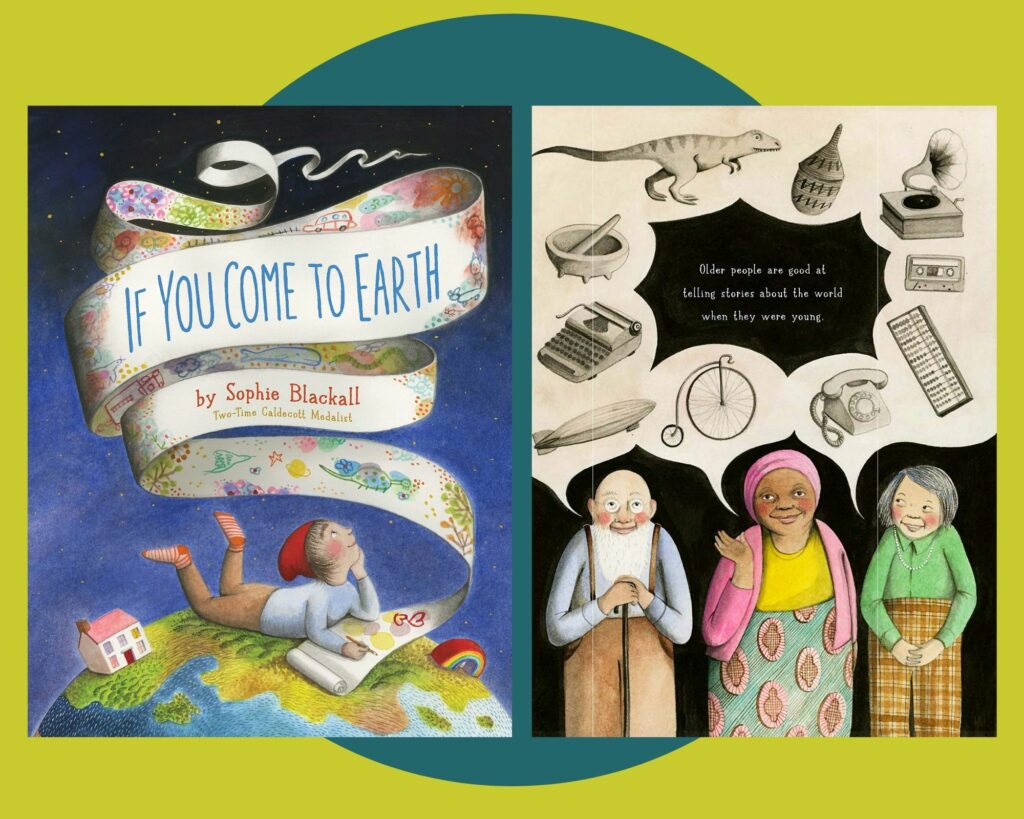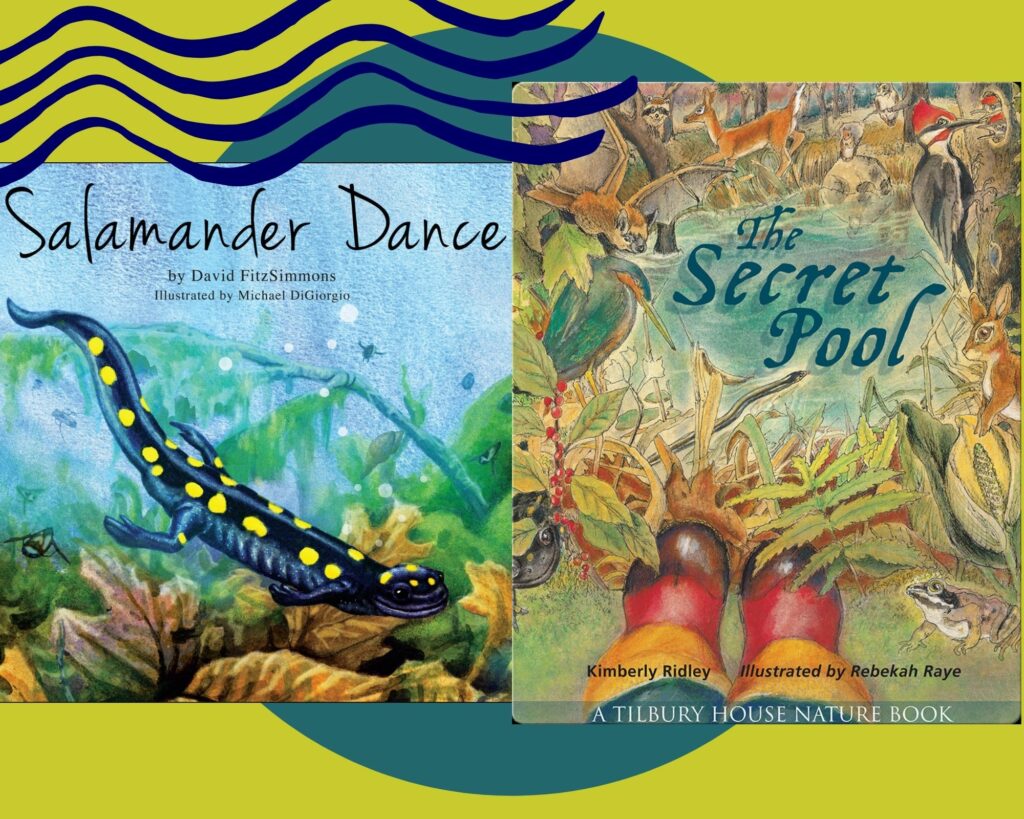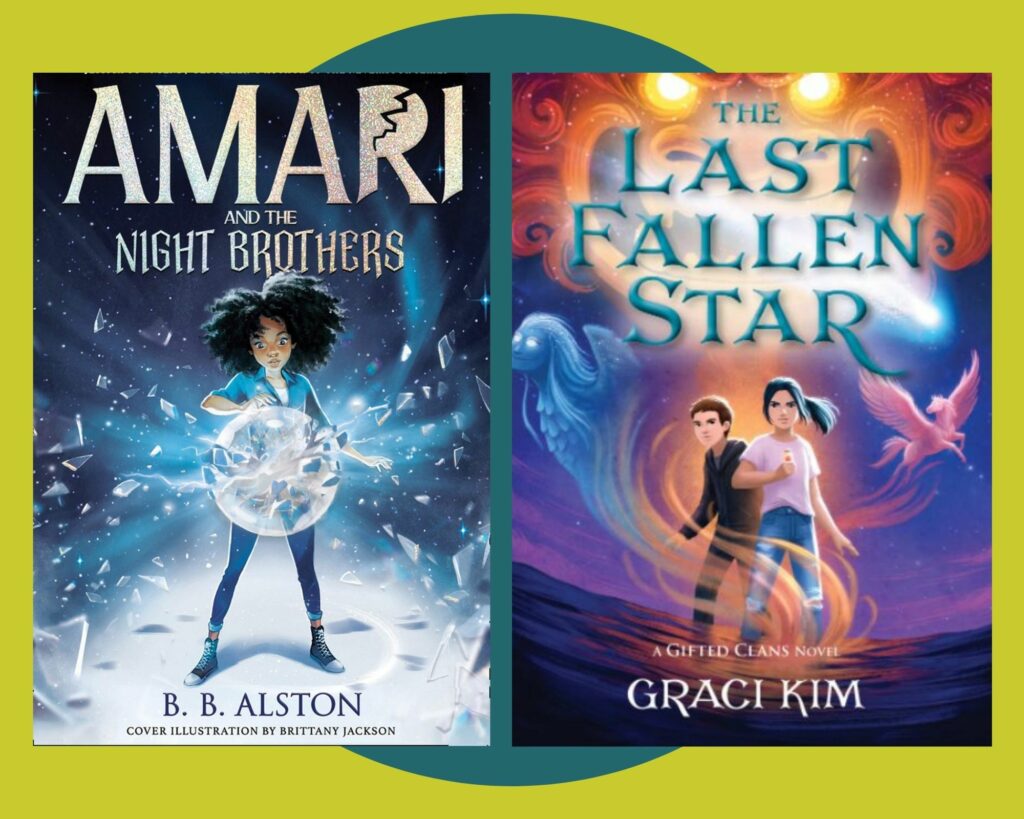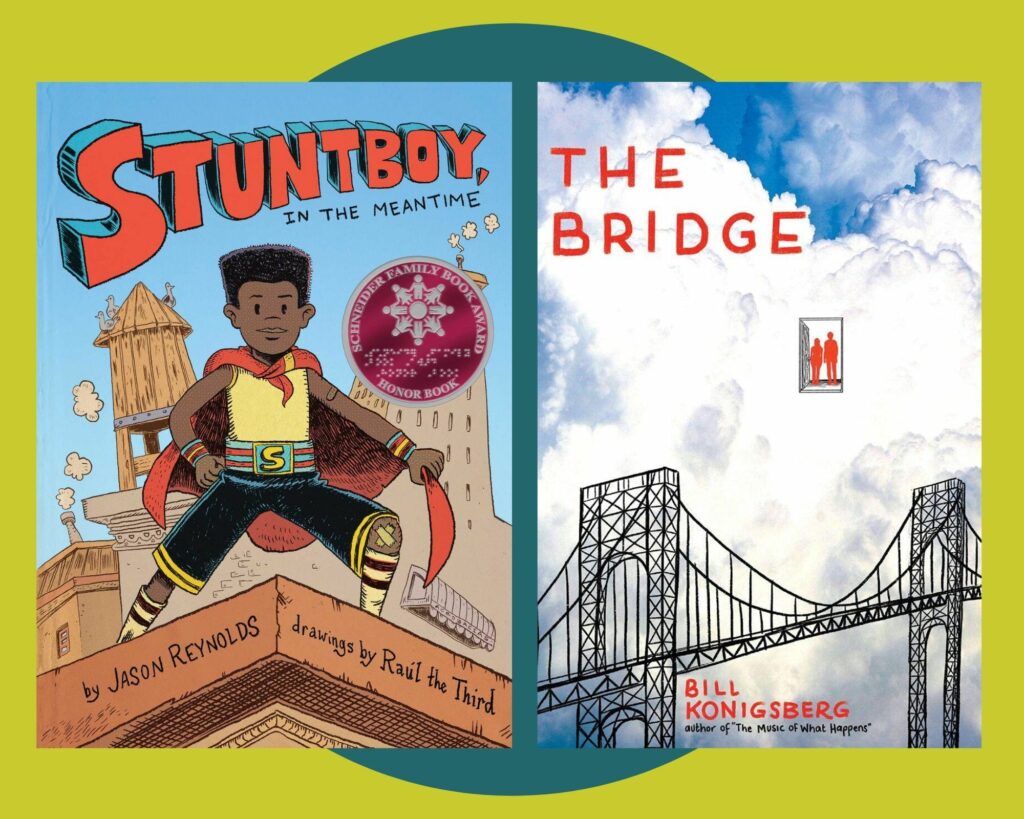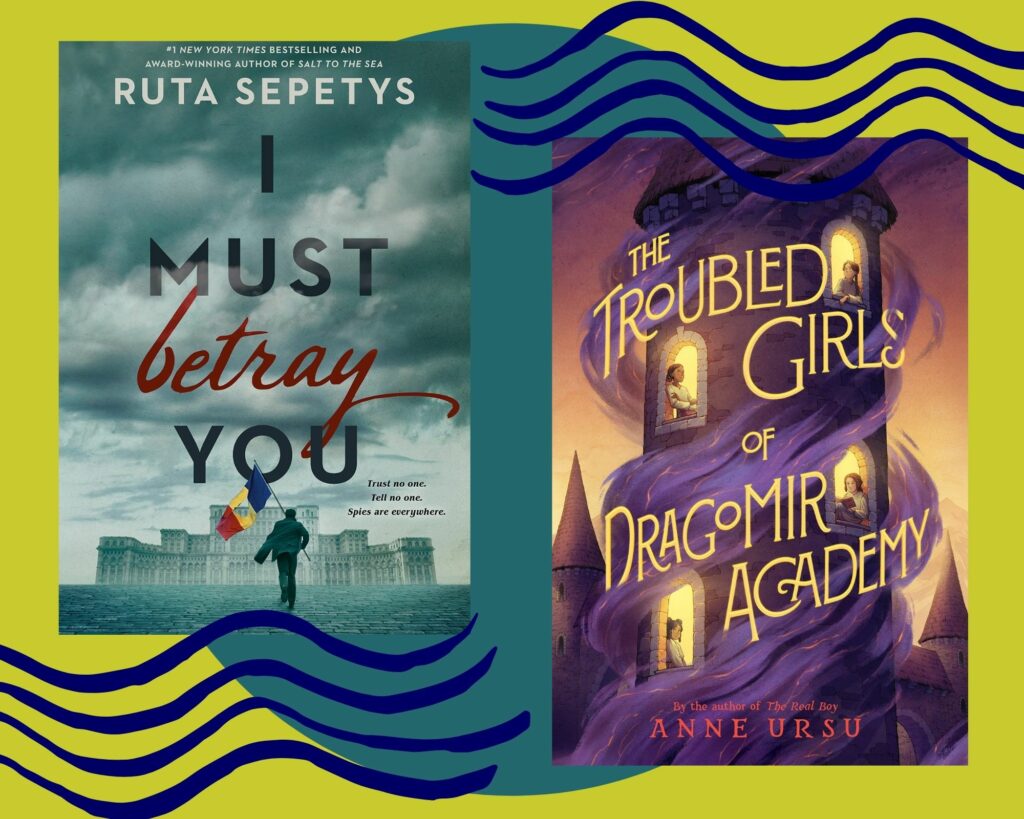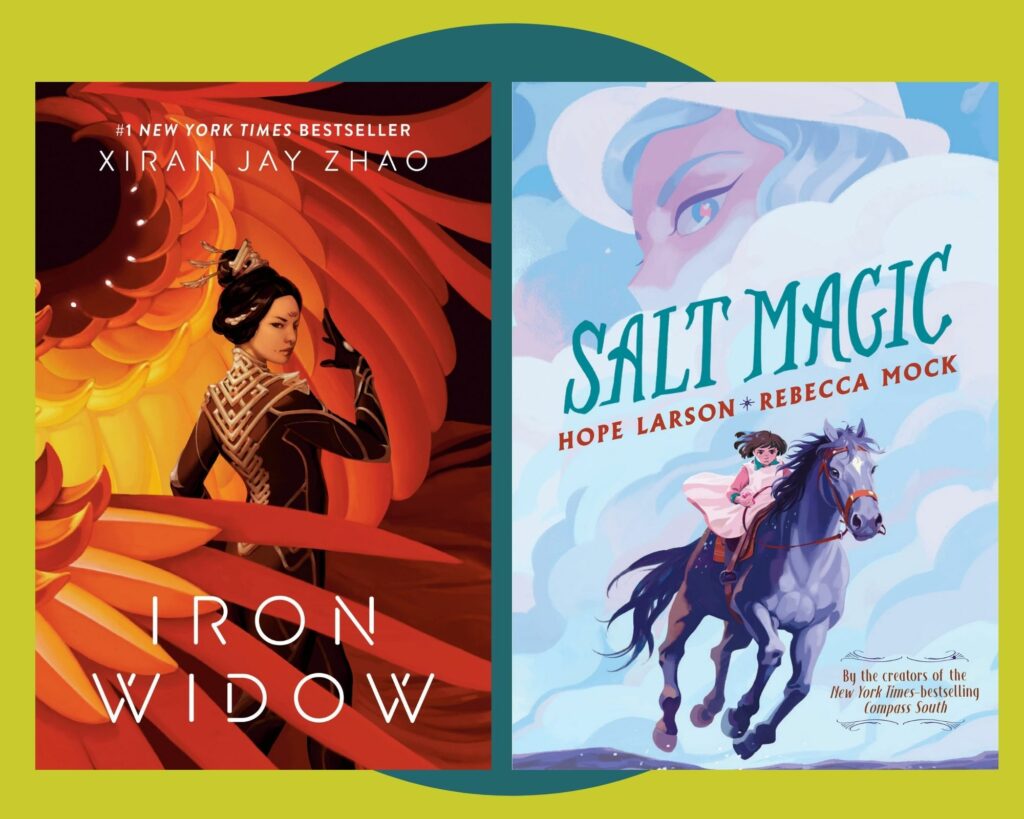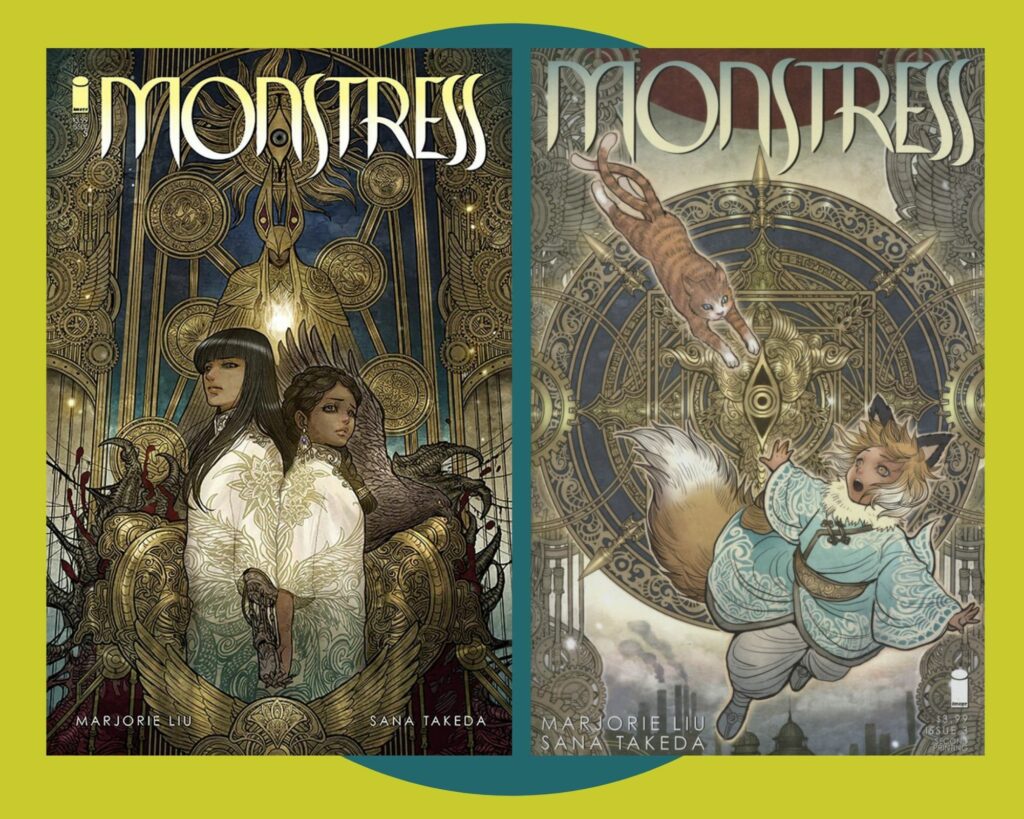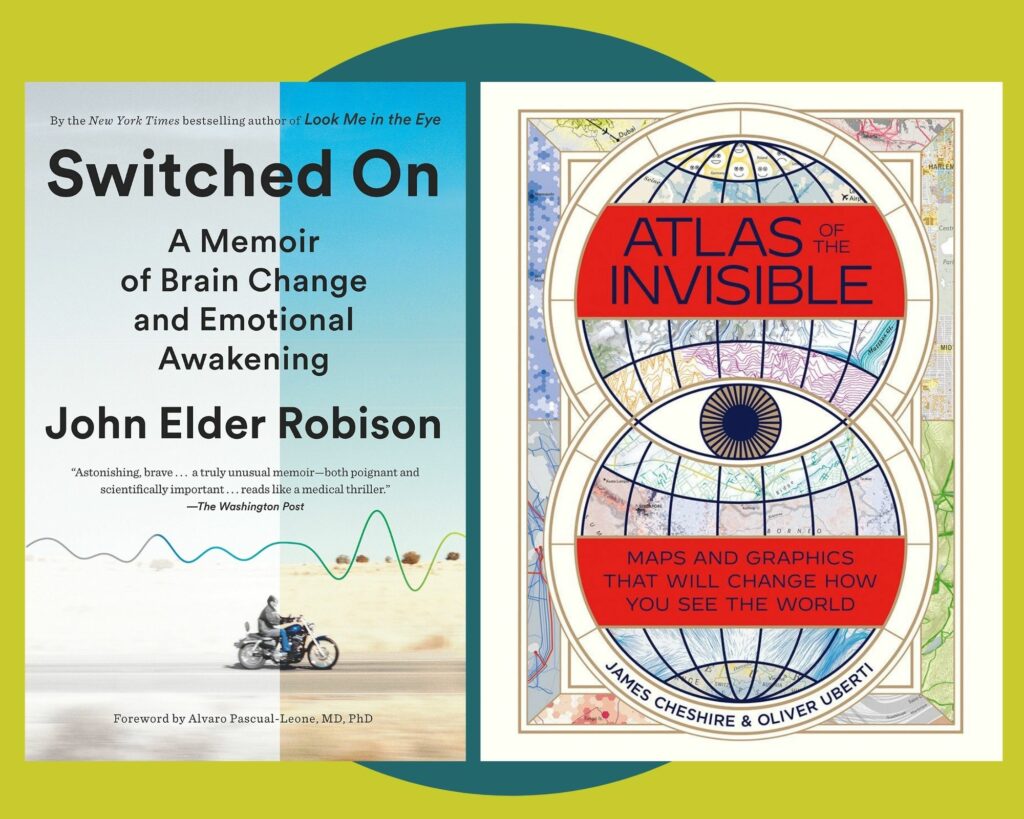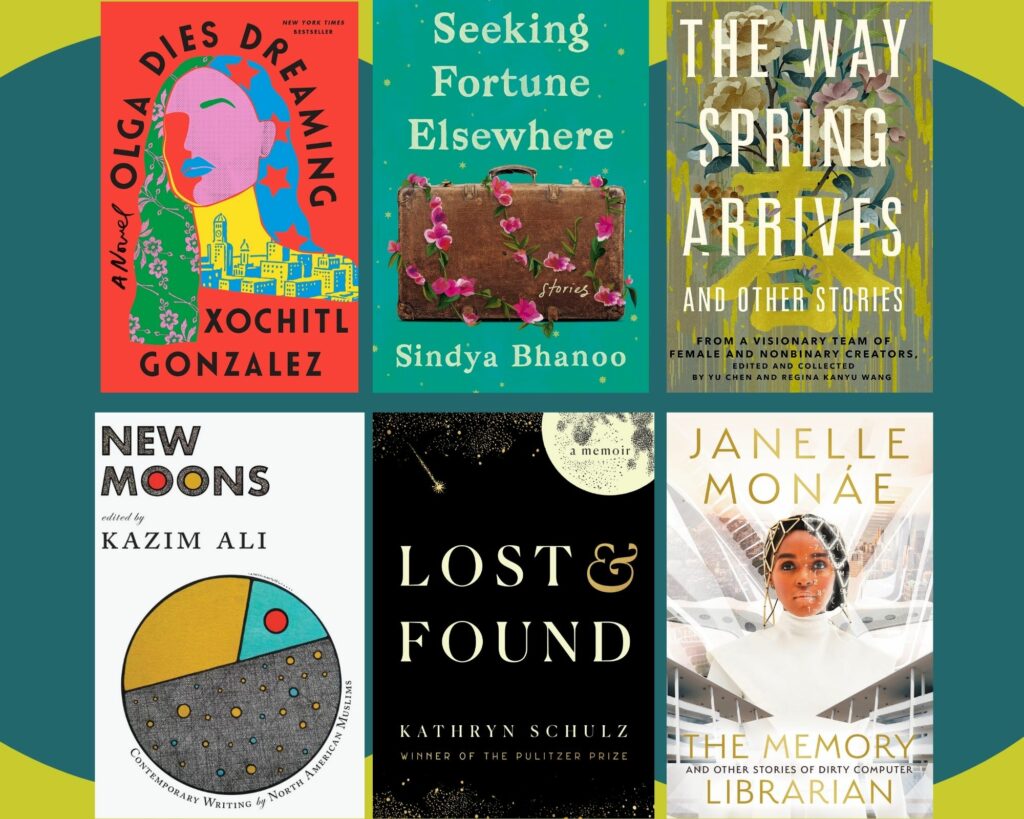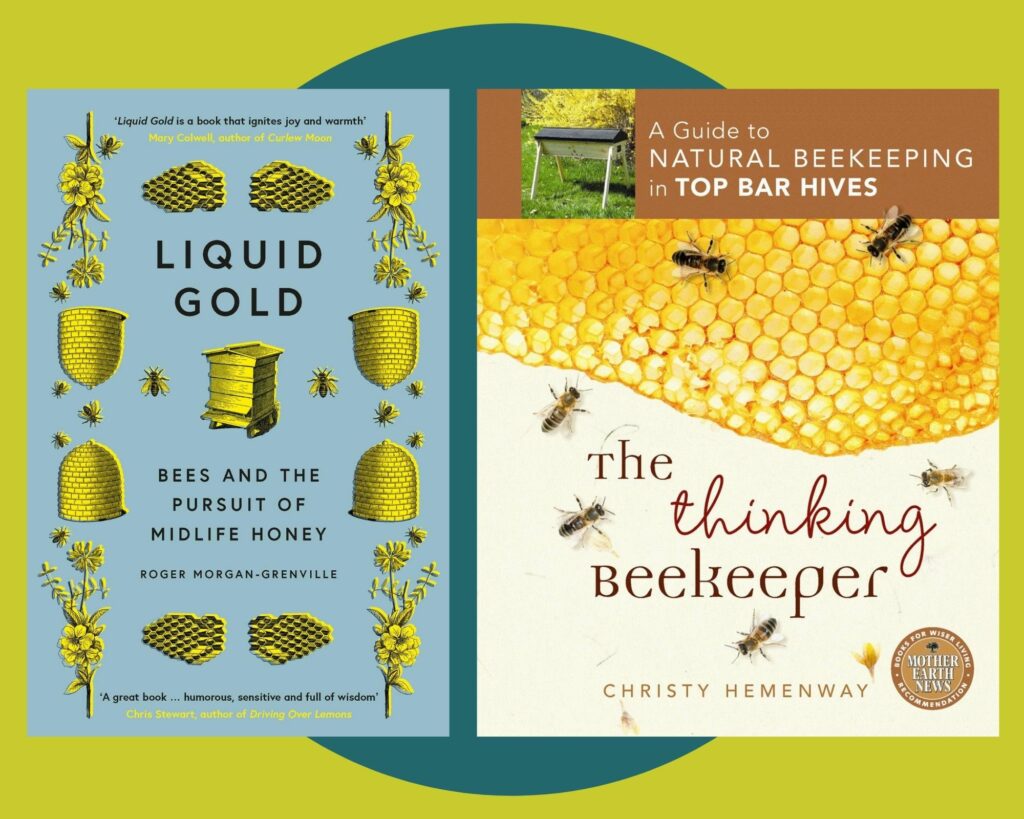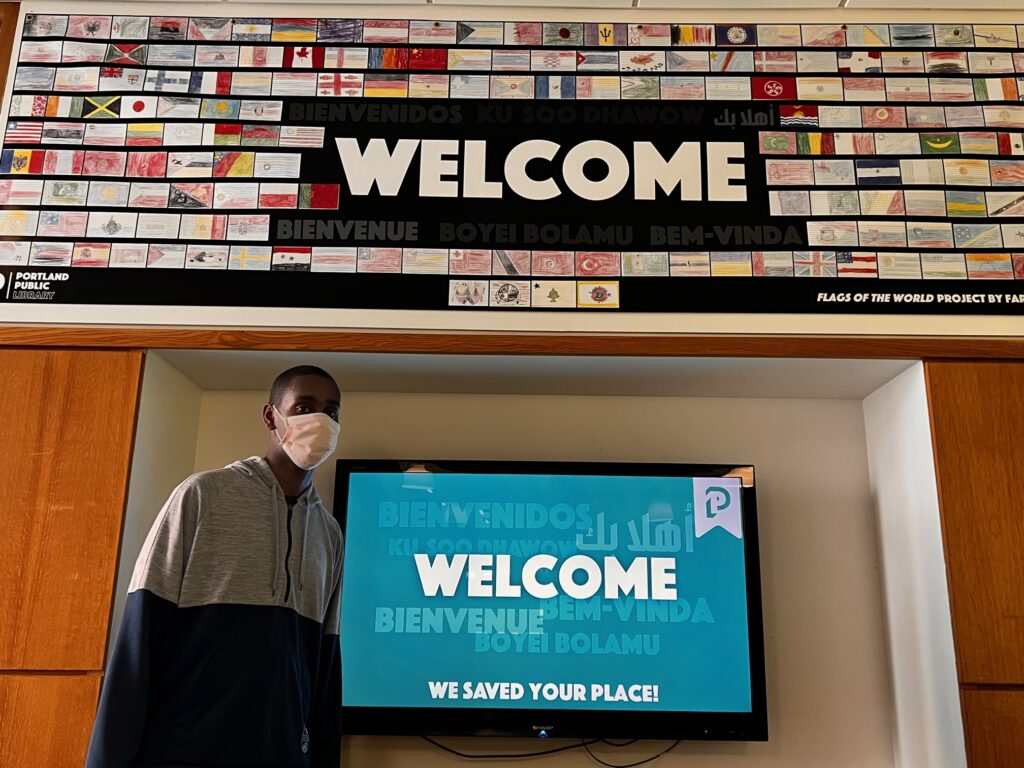Portland Public Library Executive Director to leave post late this summer
posted: , by Heather Wasklewicztags: Adults | News
Portland Public Library announced on Thursday, April 27, that Sarah Campbell, the Library’s Executive Director, is resigning effective September 1, 2022. The Library Board of Trustees will immediately begin a national search for a new Executive Director.
Campbell has served in her current leadership role since 2015, and prior to that served for two years as PPL’s Associate Director where she oversaw Library operations and programming. Campbell has been with Portland Public Library for 21 years, leading a Department and the Library’s technology before her Administration roles, and before that was the founding Director of Library & Learning Resources at the York County [Community] College.
Having been on staff during the 2010 Downtown Library renovation and leading the renovations of Burbank Branch and the Peaks Island Branch since then, Campbell has been instrumental throughout her tenure in guiding the Library’s transformation of its locations and extending community programming and engagement. The challenges of the 2020-2021 COVID-19 pandemic impacted Library financial and staffing resources which led to both disruptions and expansions of library services, particularly the inclusion of virtual, hybrid, and recorded programming which widened access to resources.
“Portland Public Library is a very bright light in this community, and it has truly been my honor to serve here,” says Campbell. “A strong public library is so essential, especially now, to make sure that equitable access to thorough information is available to all, and that people can pursue learning and growth on their own terms.”
PPL Board President Anne Dalton says, “On behalf of the PPL Trustees I want to share our respect and admiration for Sarah’s leadership of PPL. Her love of ‘librarying’ is infectious and her understanding of how essential libraries are to all of us in our community is incredible. We will miss her spirit and so look forward to her next adventure.”
Portland Public Library is a 501(c)(3) nonprofit cultural organization that is also supported by City of Portland tax funding. Founded in 1867, PPL is Maine’s largest public library system and the most visited cultural institution in the state. Through the Downtown Library, three branches, and a bookmobile, PPL fosters learning, discovery, joy, and conversation to enrich Portland’s diverse community and advance literacy.
For more information about PPL’s free resources, visit the website: www.portlandlibrary.com.


